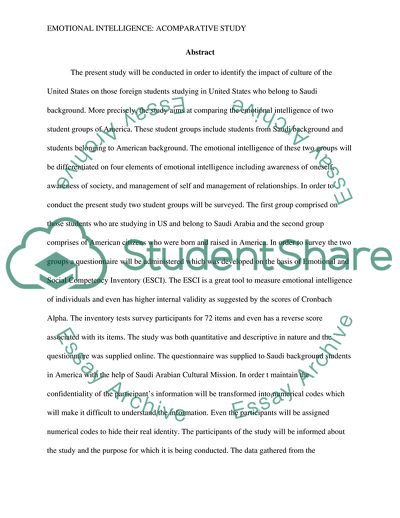Cite this document
(Emotional Intelligence of American and Saudi University Students: A Case Study, n.d.)
Emotional Intelligence of American and Saudi University Students: A Case Study. https://studentshare.org/psychology/1849483-emotional-intelligence-of-american-and-saudi-university-students-a-comparative-study
Emotional Intelligence of American and Saudi University Students: A Case Study. https://studentshare.org/psychology/1849483-emotional-intelligence-of-american-and-saudi-university-students-a-comparative-study
(Emotional Intelligence of American and Saudi University Students: A Case Study)
Emotional Intelligence of American and Saudi University Students: A Case Study. https://studentshare.org/psychology/1849483-emotional-intelligence-of-american-and-saudi-university-students-a-comparative-study.
Emotional Intelligence of American and Saudi University Students: A Case Study. https://studentshare.org/psychology/1849483-emotional-intelligence-of-american-and-saudi-university-students-a-comparative-study.
“Emotional Intelligence of American and Saudi University Students: A Case Study”. https://studentshare.org/psychology/1849483-emotional-intelligence-of-american-and-saudi-university-students-a-comparative-study.


